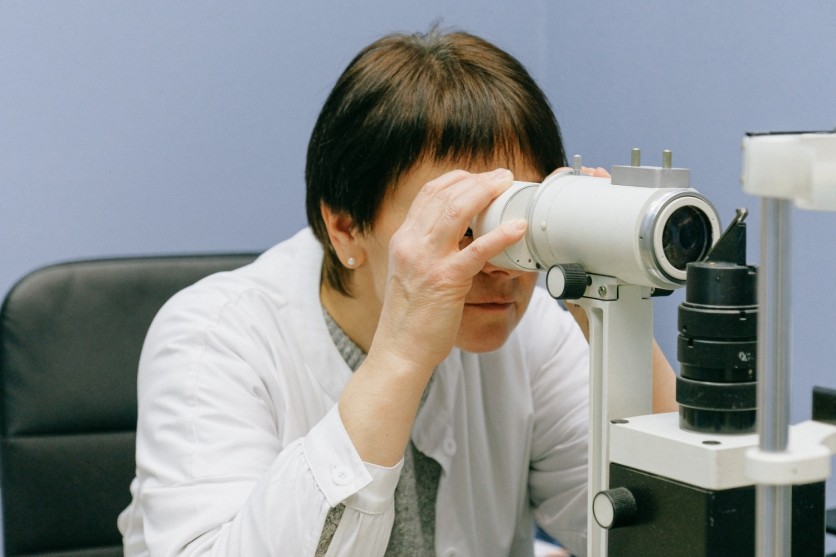
Imagine if researchers could use 8K premium resolution imaging techniques as seen on premium TVs to scan electron microscopy which is an essential equipment for material research. What could happen?
Scan Electron Microscopy
According to ScienceDaily, a new joint research time from both the Korea Institute of Materials Science, or KIMS, and POSTECH have applied deep learning in order to scan electron microscopy or SEM. This was in order to develop a super-resolution imaging technique which can help convert low-resolution electron backscattering diffraction, or EBSD, microstructure images that were obtained from other conventional analysis equipment into higher super-resolution images.
The study findings were officially published in the npj Computational Materials. When it comes to modern-day materials research, SEM images actually play a huge role in developing new materials starting from microstructure visualization and characterization, as well as in the whole numerical material behavior analysis. AI has previously been used for a series of other health functions like AI being able to detect early stages of dementia.
High-Quality Microstructure Image Data
As of the moment, however, being able to acquire high-quality microstructure image data might be very exhausting or even highly time-consuming due to the limitations when it comes to the hardware being used in SEM. This could affect the whole accuracy of other subsequent material analysis and thus be paramount to overcome the whole technical limitations of the equipment itself.
The joint research team was able to develop a much faster as well as more accurate microstructure imaging technique that uses deep learning. In particular, through the use of a convolutional neural network, the resolution of the supposed existing microstructure image was advanced by up to 16 times! Aside from high resolution when it comes to health and science, music has also had a significant impact on one's memory building process.
SEM Microstructure Characterization
The advancement of the imaging reportedly reduces the total imaging time up to 256 times in comparison to the conventional SEM system. In addition to this, super-resolution imaging has been able to verify that the morphological details of the whole microstructure can actually be restored with higher accuracy throughout the whole microstructure characterization as well as finite element analysis.
Professor Hyoung Seop Kim of POSTECH, who reportedly led the research, gave a statement. It was noted that through the whole EBSD technique developed within the study, the researchers anticipate that the time that it actually takes to be able to develop new materials will be drastically reduced.
The research was reportedly conducted with strong support coming from the Mid-career Research Program of the official National Research Foundation of Korea, IITP or the AI Graduate School Program of the Institute for Information & Communications Technology Promotion, and also the Phase 4 of the Brain Korea 21 Program of the Ministry of Education. This comes with support from the Korea Materials Research Institute as well and can be seen on POSTECH.
Related Article : Viking Ring Excavated In Sweden Found With Mysterious Islamic Engraving
This article is owned by Tech Times
Written by Urian B.





